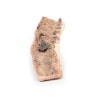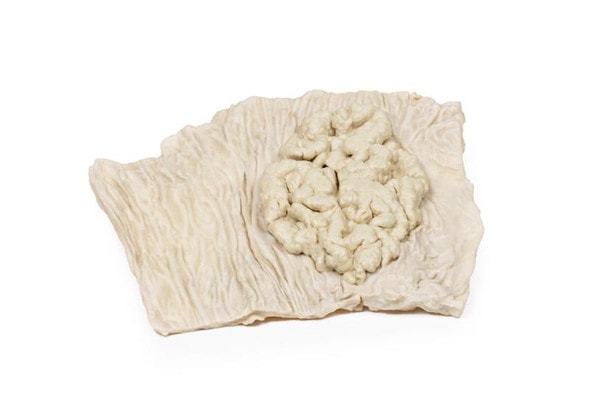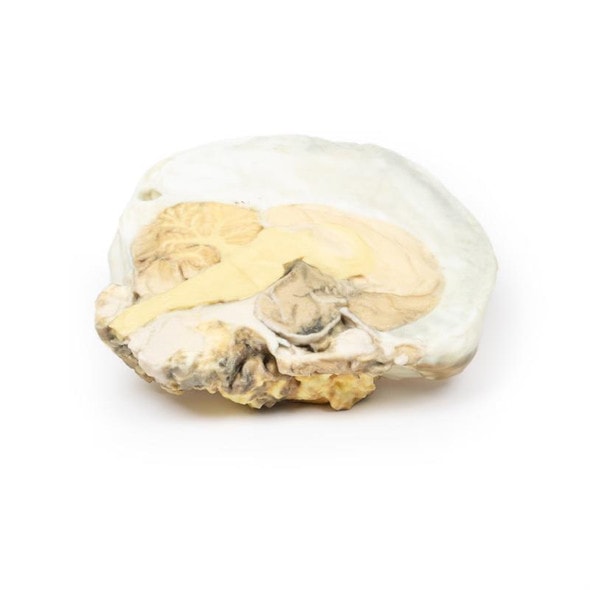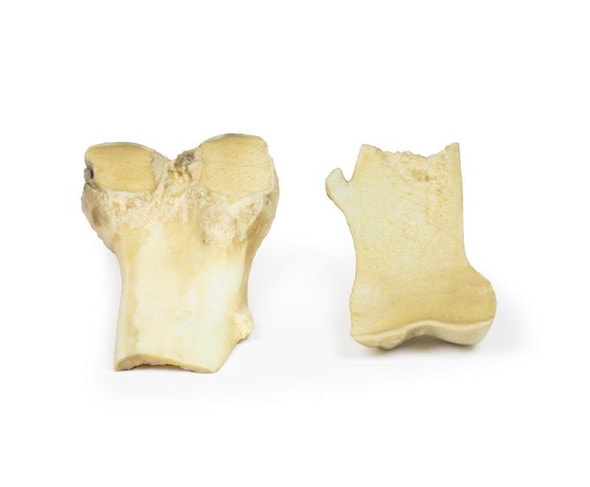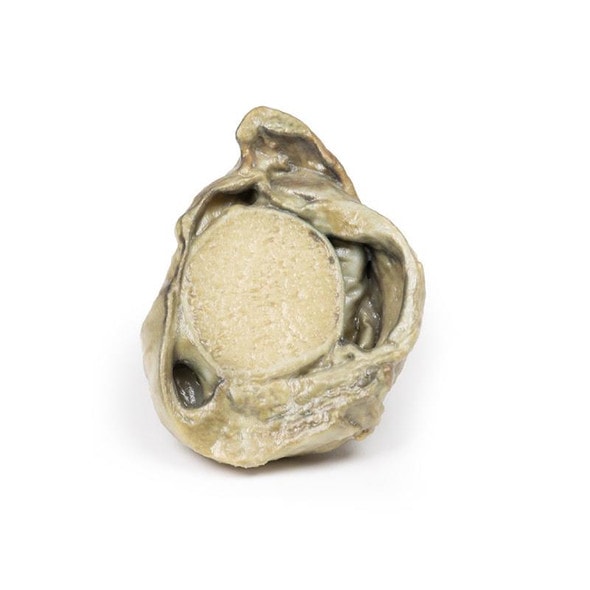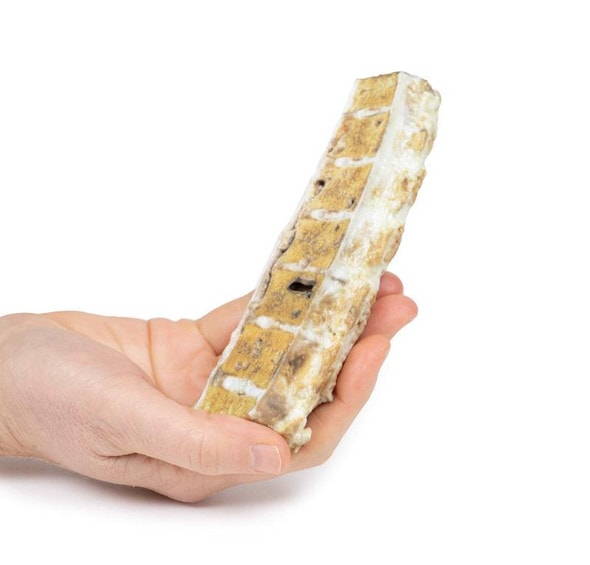Description
Developed from real patient case study specimens, the 3D printed anatomy model pathology series introduces an unmatched level of realism in human anatomy models. Each 3D printed anatomy model is a high-fidelity replica of a human cadaveric specimen, focusing on the key morbidity presentations that led to the deceasement of the patient. With advances in 3D printing materials and techniques, these stories can come to life in an ethical, consistently reproduceable, and easy to handle format. Ideal for the most advanced anatomical and pathological study, and backed by authentic case study details, students, instructors, and experts alike will discover a new level of anatomical study with the 3D printed anatomy model pathology series.
Clinical History
A 50-year old male underwent a colonoscopy after testing positive for fecal occult blood during a screening test. Colonoscopy revealed a pedunculated tumor in the descending colon, which was later resected.
Pathology
This specimen is the resected segment of descending colon. There is a single dark lobulated mass visible arising from the mucosal surface. It is attached to a stalk which is 4cm in length. Histologically, the mass comprises a core of connective tissue covered with hyperplastic glandular epithelium of colonic type, with focal nuclear atypia. This is an example of a tubular colonic adenoma.
Further Information
Colorectal adenomas are intraepithelial neoplasms that characteristically display epithelial dysplasia. They are benign but are precursors to adenocarcinoma. Not all adenomas evolve into adenocarcinoma. They produce polyps (sometimes pedunculated) or sessile lesions or variable size. They occur predominantly in males and are more common in Western countries due to diet and lifestyle. They are present in about 30% of people over the age of 60 years in the West. There is an increased risk in patients with a positive family history of colorectal adenocarcinoma. Regular surveillance colonoscopy in at risk groups with polyp removal reduces incidence of adenocarcinoma. There are three classifications of colonic adenomas based on their architecture: tubular (>75% have a tubular morphology), tubulovillous (25-75% villous morphology) and villous (>75% have villous morphology). Histologically, they may have epithelial dysplasia characterized by nuclear hyperchromasia, elongation and stratification. Tubular adenomas tend to be small, pedunculated polys composed of rounded or tubular glands. Pedunculated adenomas have a slender fibromuscular stalk with blood vessels derived from the submucosa. The stalk is usually non-neoplastic epithelium. The size of the adenoma is the biggest predictor of progression to adenocarcinoma. Progression is rare in adenomas <1cm in diameter. However, up to 40% of lesions larger than 4cm in diameter progress to adenocarcinoma.
Most adenomas are asymptomatic and slow growing. Large polyps may present with symptoms of anemia from occult bleeding. Villous adenomas occasionally secrete large amounts of mucoid protein and/or potassium rich fluid, leading possibly to hypokalemia.
Advantages of 3D Printed Anatomical Models
- 3D printed anatomical models are the most anatomically accurate examples of human anatomy because they are based on real human specimens.
- Avoid the ethical complications and complex handling, storage, and documentation requirements with 3D printed models when compared to human cadaveric specimens.
- 3D printed anatomy models are far less expensive than real human cadaveric specimens.
- Reproducibility and consistency allow for standardization of education and faster availability of models when you need them.
- Customization options are available for specific applications or educational needs. Enlargement, highlighting of specific anatomical structures, cutaway views, and more are just some of the customizations available.
Disadvantages of Human Cadavers
- Access to cadavers can be problematic and ethical complications are hard to avoid. Many countries cannot access cadavers for cultural and religious reasons.
- Human cadavers are costly to procure and require expensive storage facilities and dedicated staff to maintain them. Maintenance of the facility alone is costly.
- The cost to develop a cadaver lab or plastination technique is extremely high. Those funds could purchase hundreds of easy to handle, realistic 3D printed anatomical replicas.
- Wet specimens cannot be used in uncertified labs. Certification is expensive and time-consuming.
- Exposure to preservation fluids and chemicals is known to cause long-term health problems for lab workers and students. 3D printed anatomical replicas are safe to handle without any special equipment.
- Lack of reuse and reproducibility. If a dissection mistake is made, a new specimen has to be used and students have to start all over again.
Disadvantages of Plastinated Specimens
- Like real human cadaveric specimens, plastinated models are extremely expensive.
- Plastinated specimens still require real human samples and pose the same ethical issues as real human cadavers.
- The plastination process is extensive and takes months or longer to complete. 3D printed human anatomical models are available in a fraction of the time.
- Plastinated models, like human cadavers, are one of a kind and can only showcase one presentation of human anatomy.
Advanced 3D Printing Techniques for Superior Results
- Vibrant color offering with 10 million colors
- UV-curable inkjet printing
- High quality 3D printing that can create products that are delicate, extremely precise, and incredibly realistic
- To improve durability of fragile, thin, and delicate arteries, veins or vessels, a clear support material is printed in key areas. This makes the models robust so they can be handled by students easily.





